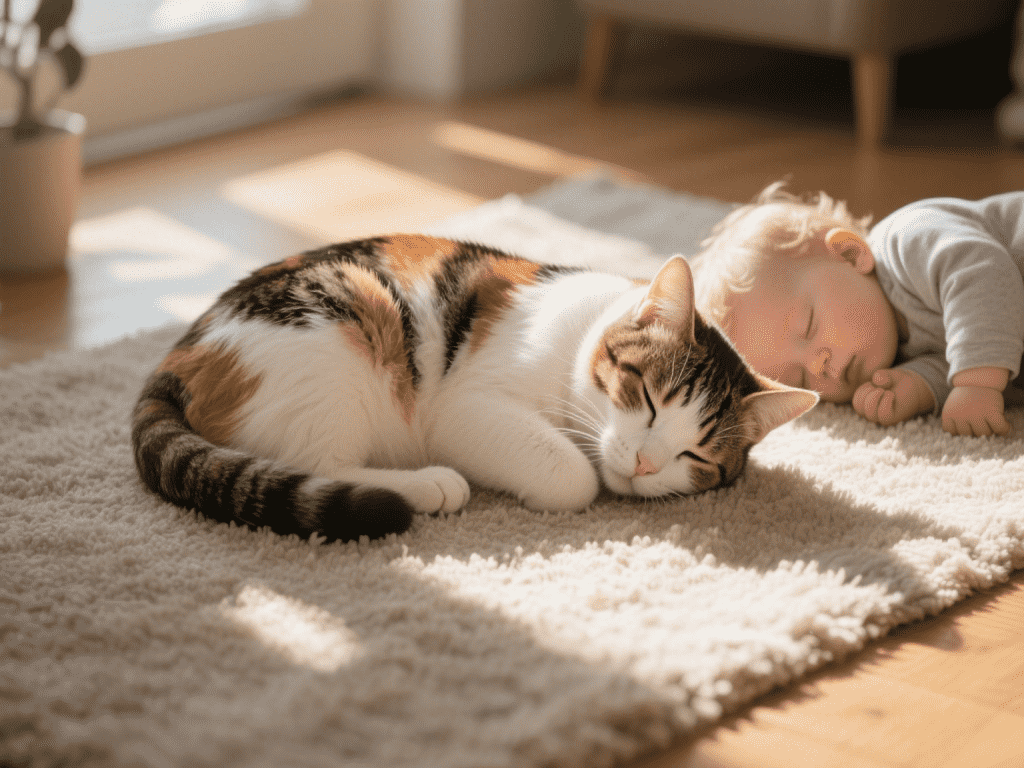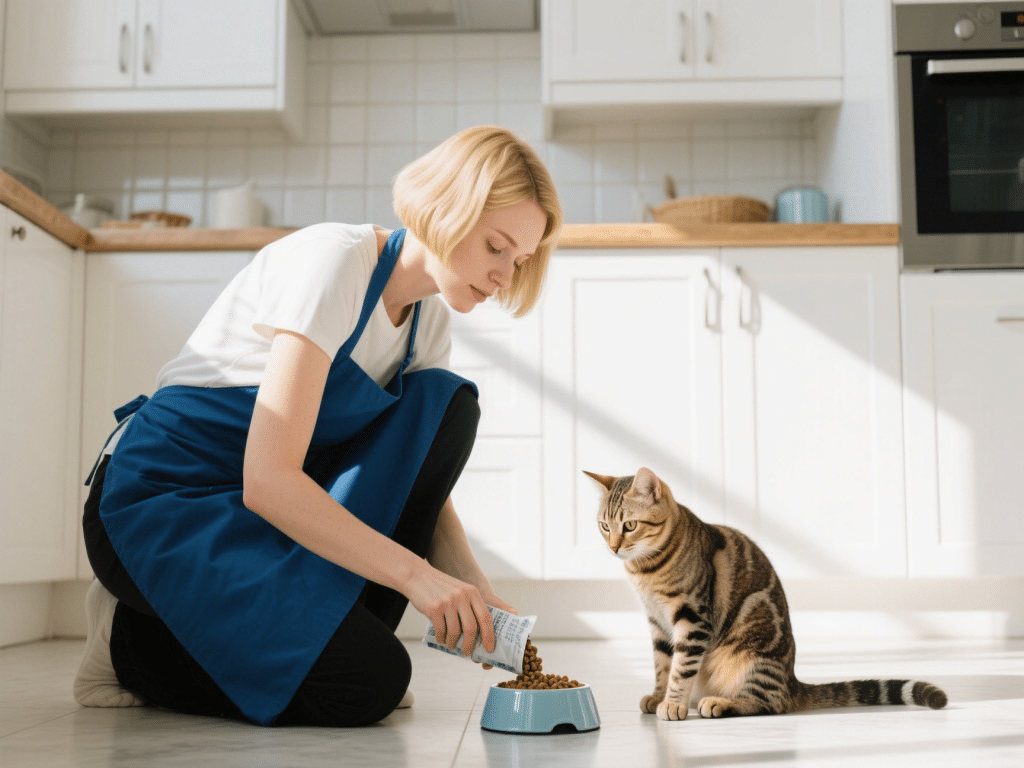
Shopping for cat food can feel overwhelming: hundreds of brands, dozens of formulas, and cryptic labels boasting claims like “natural” or “complete.” But reading between the lines is essential to ensure your cat receives balanced, species-appropriate nutrition. As a veteran pet blogger and feline nutrition enthusiast, I’ll demystify ingredient lists, guaranteed analysis panels, and marketing buzzwords so you can confidently choose the best diet for your companion.
1. Key Components of a Label
Ingredient List: Ordered by weight before cooking—look for named meats (e.g., “chicken,” not “meat meal”).
Guaranteed Analysis: Minimums for crude protein, fat; maximums for fiber, moisture.
AAFCO Statement: Confirms whether the formula meets nutritional requirements (growth/maintenance).
Caloric Content: kcal per serving—essential for weight management.
2. Protein: The Cornerstone
Cats are obligate carnivores; high-quality animal protein is non-negotiable.
Whole Muscle Meats: Chicken, turkey, salmon—easily digestible and nutrient-rich.
By‑Products vs. Meals: By-products like “chicken by-product meal” can be high in essential nutrients; avoid generic “meat meal.”
3. Fats & Fatty Acids
Fats supply energy and support skin, coat, and brain health.
Named Fats: Chicken fat or fish oil—excellent sources of omega‑3s.
Avoid “Animal Fat” Vague Labels: Look for specifics.
4. Carbohydrates & Fillers
Minimal carbs suit feline metabolism.
Healthy Grains: Brown rice, oatmeal—acceptable in moderation.
Excessive Starches: Corn, wheat, soy can trigger allergies or obesity.
5. Additives & Preservatives
Natural Preservatives: Mixed tocopherols (vitamin E).
Artificial Dyes/Flavors: Best avoided—linked to sensitivities.
6. Special Formulas
Grain‑Free: Not always necessary; some cats tolerate grains well.
Weight‑Control & Senior Diets: Tailored for life-stage needs—consult your vet.
7. Transitioning Foods Safely
Gradual switch over 7–10 days prevents digestive upset: mix increasing new food ratio daily.
8. Reading Between the Lines
Beware marketing terms: “Human‑Grade” isn’t regulated; “Premium” varies by brand. Trust AAFCO compliance and transparent labelling above all.
Takeaway: Decoding cat food labels empowers you to select balanced, species‑appropriate diets that support your cat’s health from nose to tail. Next grocery run, scrutinize those panels—you’ll shop like a pro and feed with confidence!









Comments on " Understanding Feline Nutrition Labels: What to Look for in Cat Food Ingredients" :